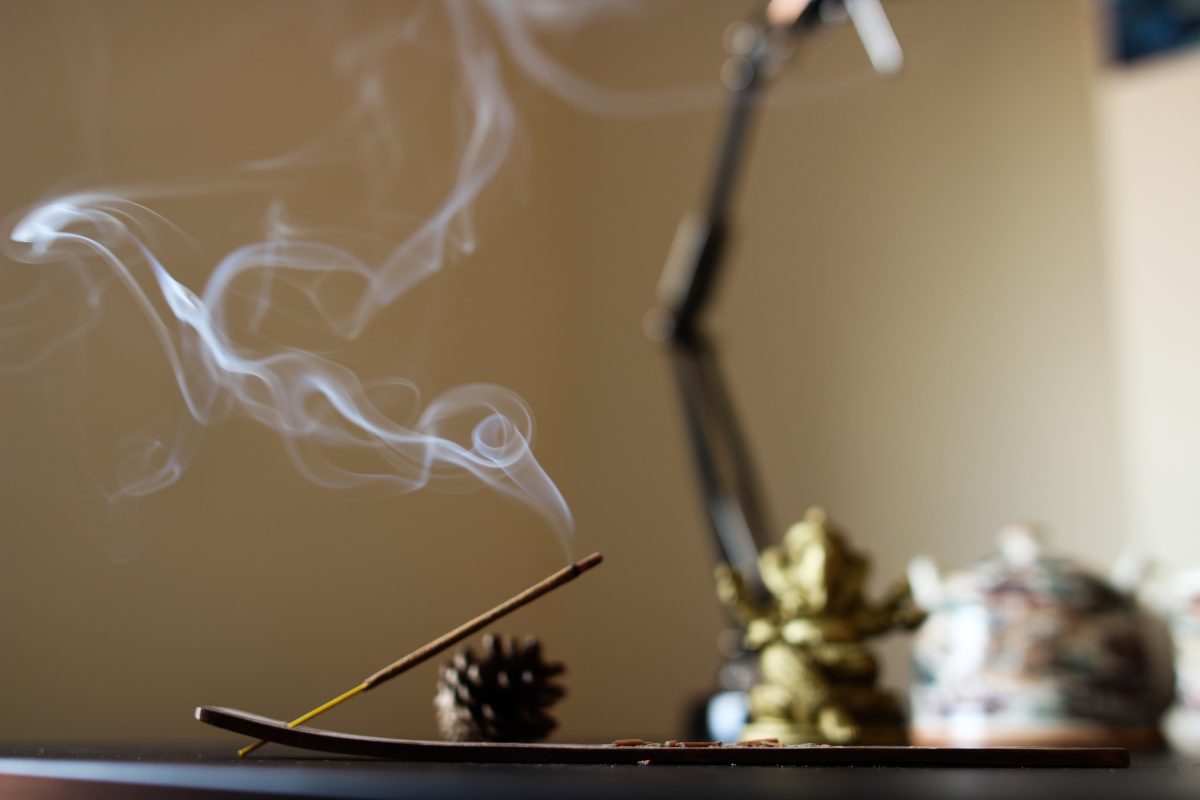How are Incense Sticks Made?
Incense is aromatic biotic material that releases fragrant smoke when burnt. Most people are familiar with agarbatti sticks used widely in South Asian regions, especially Nepal and India. It is widely popular in Hindu and Buddhist religions, but also plays a vital part in ancient Judaism, Roman/Catholic churches, and Islamic cultures. It comes in sticks, cones, or even powder form. Raw plant material like palo santo or sweetgrass can also be considered incense.
Read: Religious Uses Of Incense
Incense comes in many forms, but to define it simply, it is a plant matter that is burned to release an aromatic fragrance. Over its large history, people have used it for several reasons, like:
- Components of religious practices
- Remove bad odor and kill bacteria
- Repel evil spirit
- Pleasant smell
- Increase concentration while meditating
The popular forms of incense are sticks, coils or spirals, small cones, loose powders, raw plant materials; wood chips, leaves, etc.
What is an incense made of? (raw materials)

Incense is generally made up of an aromatic material that produces a scent and a combustible material to bind it together in the desired form. The aromatic materials used are typically plant-based and include resins, barks, seeds, roots, and flowers. It is also often combined with essential oils. Although the ingredients may vary by region, manufacturer, and underlying culture, some specific aromatic ingredients are cinnamon, frankincense, musk, myrrh, patchouli, sandalwood, etc.
The combustible binding ingredient ignites the incense to burn and produce smoke. Again, the materials vary largely but mostly include charcoal or wood powders.
How incense is made?
Incense is hand-made by making a paste of Aromatic wood, leaves, roots, or whatever plant-based material is used with a special adhesive gum. The raw materials are powdered and then mixed together with a small amount of water and a binder to form a paste. Essential oils can be mixed into the paste. The mixture is kneaded into a hard dough and rolled out into a slab approximately 1 cm in thickness. It is left until the slab is firm. It can be pressed into shaped forms to make cones and coils, or cut into small cubes and coated with clay powder to avoid adhesion. It is then allowed to fully harden and dry.

To make sticks, the incense dough is rolled onto fine wooden sticks and left to dry. Stick incense is made with punk sticks that are usually imported from China. The number of sticks is unique to the supplier or the manufacturing customer. To clean the sticks, the edges of the sticks are pounded together in front of a vacuum. The vacuum sucks off the dust. The bundle of sticks selected for a particular fragrance is painted with a colour unique to the fragrance. How many bundles are made available for each perfume is based on demand and the marketing tactics. It can take anywhere between several hours to a day for the paint to dry completely. So, usually, they are left overnight to dry. Then aroma oils are mixed and applied to the punk-covered ends of the bundles on the next day. Again, they are left to dry overnight. The dried bundles are wrapped in wax paper and placed in a ziplock bag of convenient size. Depending on the order, they are packaged in recycled cardboard boxes and delivered to the customer for purchase.
The dried incense is then dipped in aromatic oils and perfume to make the finished product. Incense is available in a wide variety of fragrances and can be changed on customer’s demand.
Material Proportions:
Certain proportions are necessary for incense to catch fire and burn well.
- Oil content: Excess oil may prevent incense from burning smoldering effectively. Materials like myrrh and frankincense are mixed with dry materials like wood, bark, and leaf powders to encourage burning properly.
- An oxidizer is important to the incense to catch fire. Too little oxidizer in gum-bound incense may prevent it from igniting, while too much will make the incense burn too quickly without producing fragrant smoke.
- Binder materials ensure that the incense mixture doesn’t crumble or fall apart when dry. Makko is a kind of water-soluble binder used in incense.
- The incense mixture also requires much thought. Incense mixtures with natural binders should be combined with just enough water and compressed the right amount. Otherwise, due to uneven air distribution and density of the mixture, the incense will burn unevenly, too slowly, or too quickly.
- The incense mixture also has to contain similar-sized particulates. Uneven or unpulverized particles will result in uneven burning, and inconsistent production of aroma when burned.
Core Sticks:
The bamboo core of stick incense is hand-made from Phyllostachys heterocycla. This species produces thick wood which easily burns and turns to ashes in incense. The bamboo is trimmed to the required length, soaked, peeled, and split into halves. The resulting thin sticks of bamboo should have square cross-sections of less than 3mm ideally. This process is known as ‘splitting the foot of the incense stick’ and has been largely replaced by machines in the industrial production of incense.

Coating Core Sticks:
To make cored incense sticks, there are several methods to coat the sticks with incense mixtures.
- Paste Rolling: First, the paste of incense mixture is rolled into a long, thin coil using a paddle or by hand. Then the core stick is placed next to it and rolled along with the mixture until the stick lies in the center. The incense stick is rolled until the necessary thickness is achieved, and left to dry.
- Powder coating: In the powder coating method, core sticks are individually soaked in water or a thin water/glue mixture for a short time. Then they are dipped into a tray of incense powder consisting of fragrance materials and binders. Layers of powder are coated onto the sticks until desired thickness is achieved. The incense sticks are then left to dry in the open air.
- Compression: Another way to coat a stick with an incense mixture is by compression. The damp powder is mechanically laid around the stick by compression. This method reduces labor costs as compared to the paste rolling and powder coating methods.
Incense produced in this fashion has a tendency to warp or crumble when improperly dried. So, it must be placed in climate-controlled rooms and dried several times. Incense can be made in various shapes and form with a variety of fragrances. The type, fragrance, and materials used depend largely on the manufacturers and the vendors. However, incense is traditionally made in this form either hand-made or in industries.
Check out the range of aromatic and handmade Incense available at our website himalayanmerch.com:





